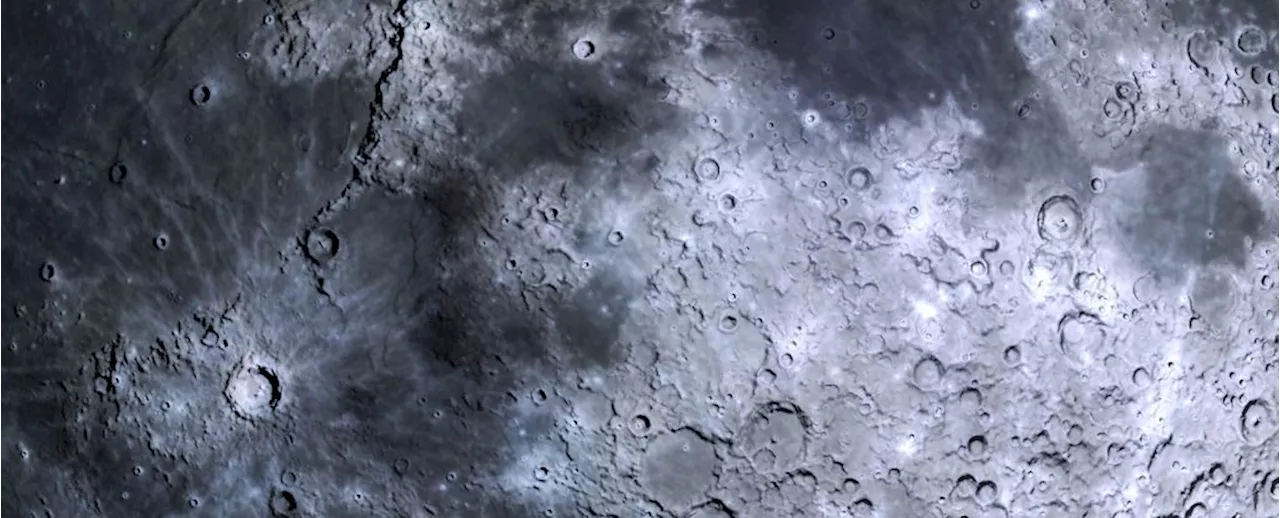A new study reveals unexpected geological activity on the Moon's far side, suggesting the lunar surface may be more dynamic than previously thought.
Our planet's Moon might appear lifeless and static from our perspective on Earth. However, a recent study challenges this notion, suggesting that geological activity on the Moon 's far side persisted as recently as 14 million years ago. Astronomers have uncovered a surprising amount of geological activity in this previously unexplored region, with lava wrinkles solidifying on the surface and being frozen in time for billions of years, occasionally altered by impacts.
Many scientists believe that the Moon's primary geological activity occurred around 2.5 to 3 billion years ago. However, this new research indicates that tectonic landforms on the far side have been active within the last billion years and possibly even continue to be active today. These small lunar mare ridges, believed to have formed within the last 200 million years, are remarkably recent in the Moon's vast timescale.The possibility that the Moon's surface remains geologically active today is highly speculative and requires further investigation. Researchers at the University of Maryland (UMD) employed advanced mapping and modeling techniques to identify 266 previously undocumented small ridges on the far side of the Moon. These ridges are dark splotches on the lunar surface known as maria, derived from the Latin word for 'seas'. Although they resemble oceans from Earth, they are vast plains of volcanic basalt. While the near side of the Moon has been extensively studied, the far side, facing away from Earth, has received less attention. Evidence suggests that the far side experienced more impacts than the near side and cooled faster. Notably, some of these ridges cut across very recent impact craters, the most recent of which dates back only 14 million years. Ridges found on the far side also intersect impact craters formed within the past 200 million years.The principle of crater abundance suggests that surfaces with more craters are older, having had more time to accumulate impacts. By counting the craters surrounding these small ridges and observing that some ridges cut through existing impact craters, researchers estimate that these landforms were tectonically active within the last 160 million years
MOON GEOLOGY ASTRONOMY LUNAR SURFACE IMPACT CRATERS
United States Latest News, United States Headlines
Similar News:You can also read news stories similar to this one that we have collected from other news sources.
 A New Mission Watches Meteoroids Hit the Far Side of the MoonSpace and astronomy news
A New Mission Watches Meteoroids Hit the Far Side of the MoonSpace and astronomy news
Read more »
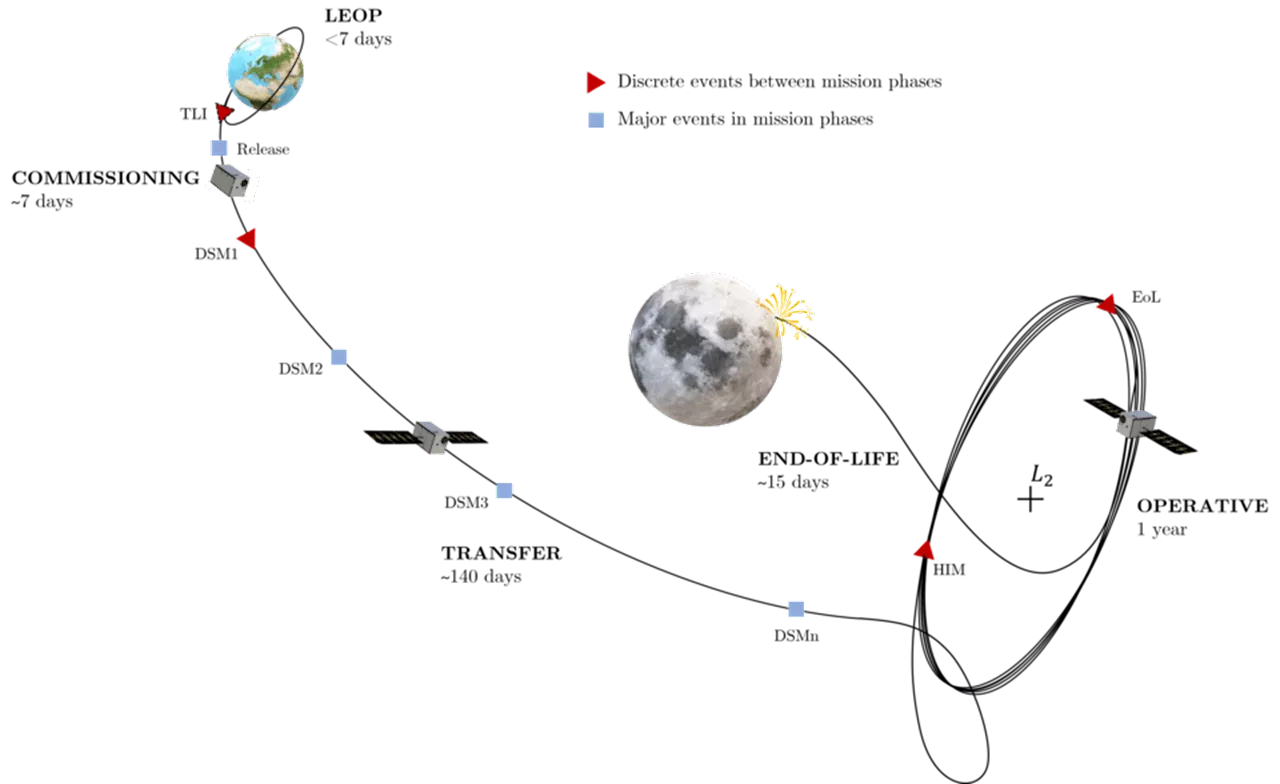 LUMIO: Observing Meteoroid Impacts on the Far Side of the MoonA new mission called LUMIO, a CubeSat placed at the L2 Lagrange point, aims to observe micrometeoroid impacts on the far side of the Moon. This unique location allows for continuous observation of the lunar hemisphere, helping scientists understand the frequency and nature of these impacts.
LUMIO: Observing Meteoroid Impacts on the Far Side of the MoonA new mission called LUMIO, a CubeSat placed at the L2 Lagrange point, aims to observe micrometeoroid impacts on the far side of the Moon. This unique location allows for continuous observation of the lunar hemisphere, helping scientists understand the frequency and nature of these impacts.
Read more »
 Recent Geological Activity Discovered on the Moon's Far SideScientists have uncovered evidence of recent geological activity on the moon's far side, challenging previous assumptions about its geological history. Small ridges, significantly younger than those on the near side, were discovered using advanced mapping and modeling techniques. This discovery suggests that the moon may still be geologically active and has important implications for future lunar missions.
Recent Geological Activity Discovered on the Moon's Far SideScientists have uncovered evidence of recent geological activity on the moon's far side, challenging previous assumptions about its geological history. Small ridges, significantly younger than those on the near side, were discovered using advanced mapping and modeling techniques. This discovery suggests that the moon may still be geologically active and has important implications for future lunar missions.
Read more »
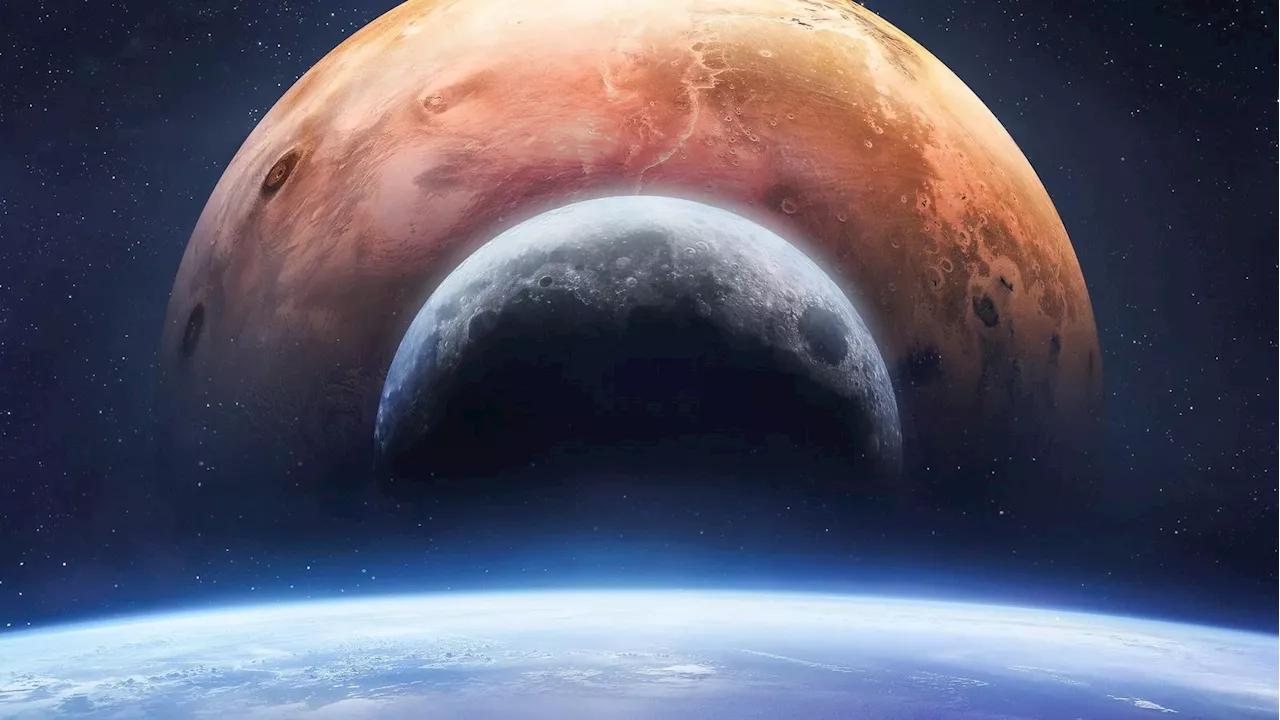 Wolf Moon Rises: Everything You Need to Know About January's Full MoonWitness the stunning Wolf Moon, also known as the Old Moon, Ice Moon, or Snow Moon, as it graces the night sky in January 2025. Learn about its rising time, ideal viewing locations, and a special celestial event involving Mars.
Wolf Moon Rises: Everything You Need to Know About January's Full MoonWitness the stunning Wolf Moon, also known as the Old Moon, Ice Moon, or Snow Moon, as it graces the night sky in January 2025. Learn about its rising time, ideal viewing locations, and a special celestial event involving Mars.
Read more »
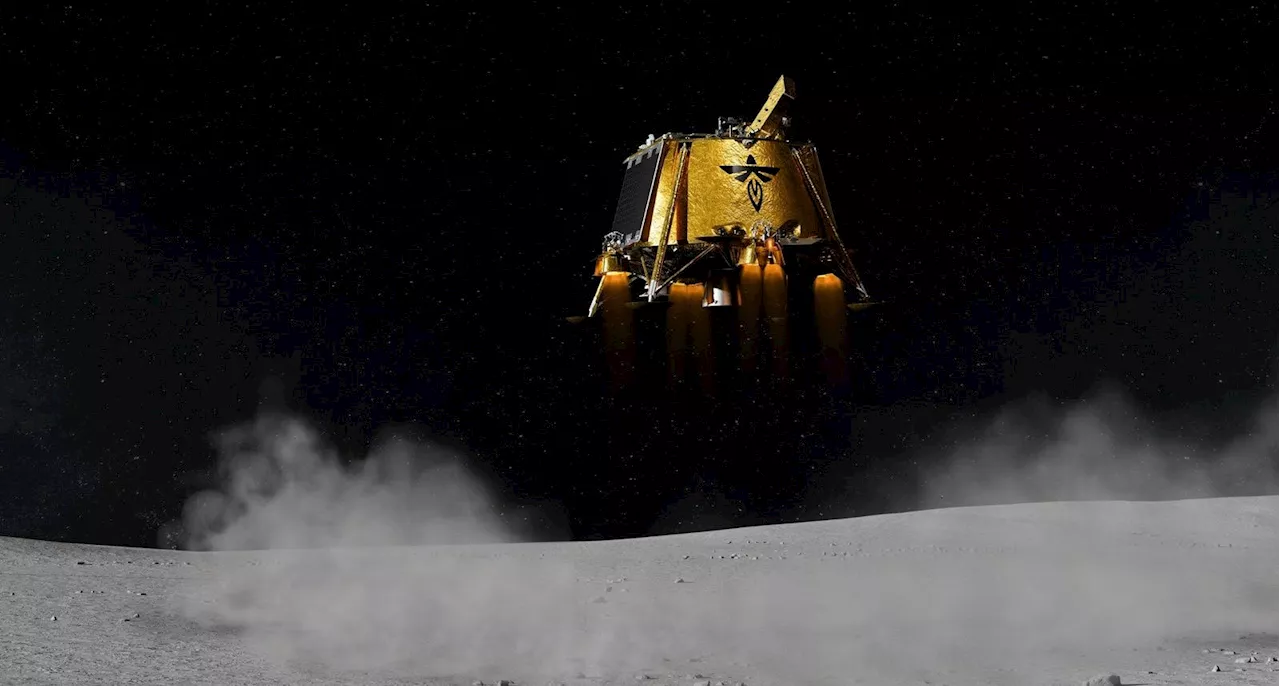 U.S. Moon Mission This Week Will Capture A ‘Total Earth Eclipse’ During A ‘Blood Moon’What does a solar eclipse look like from the moon? The NASA-supported ‘Blue Ghost’ spaceship will find out on March 29 — if it lands safely.
U.S. Moon Mission This Week Will Capture A ‘Total Earth Eclipse’ During A ‘Blood Moon’What does a solar eclipse look like from the moon? The NASA-supported ‘Blue Ghost’ spaceship will find out on March 29 — if it lands safely.
Read more »
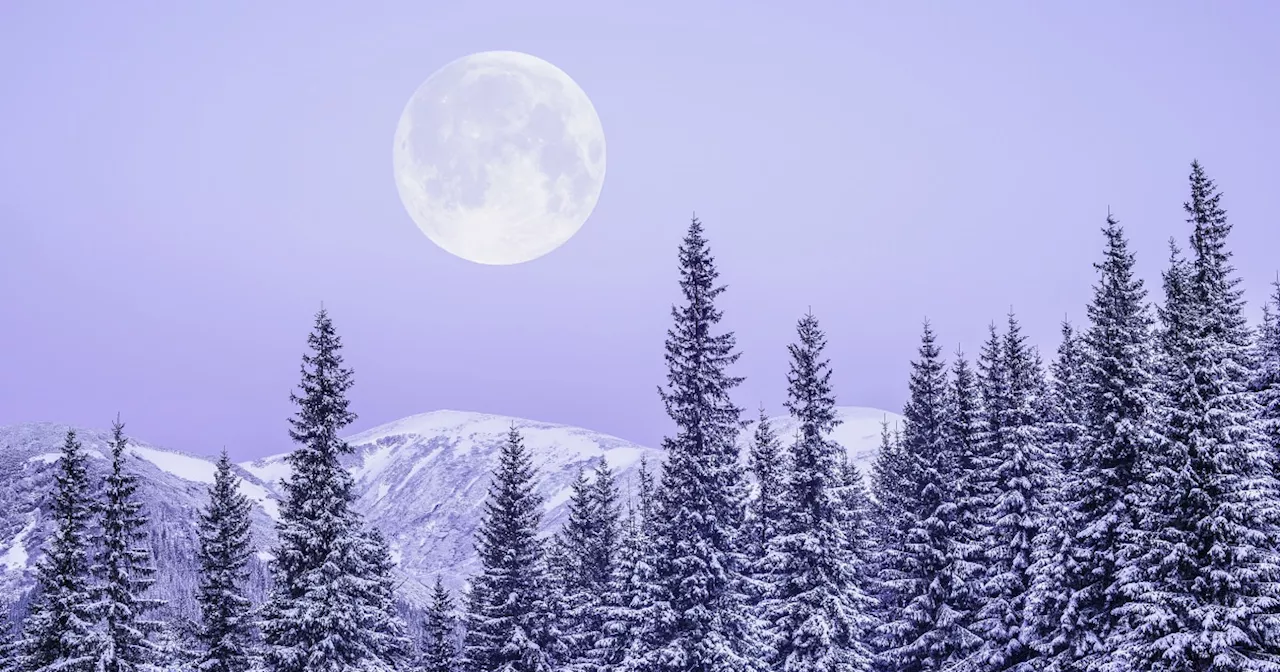 January's Full Moon: The Wolf MoonThe first full moon of 2025 is about to rise, illuminating the sky and Earth. Falling in the sign of water sign Cancer, this lunation urges us to lean into a new way of being. Astrologically, this full moon is going to be intense. Themes of family and sentiments will be the focus of the lunation.
January's Full Moon: The Wolf MoonThe first full moon of 2025 is about to rise, illuminating the sky and Earth. Falling in the sign of water sign Cancer, this lunation urges us to lean into a new way of being. Astrologically, this full moon is going to be intense. Themes of family and sentiments will be the focus of the lunation.
Read more »
